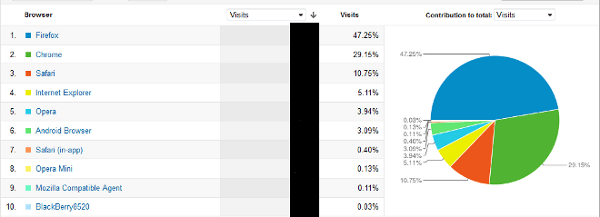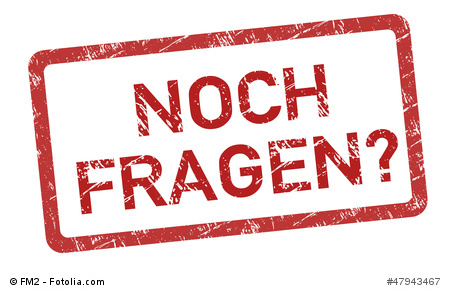241543903 – this figure might mean nothing to most people out there. But for some members of the web community 241543903 stands for „Heads in freezers“. In addition to funny pictures the number also represents interesting traffic deviations on my website. In constant intervals the traffic coming from organic searches for the search term 241543903 multiplies and decreases after two or three days. But what is the reason for this? An attempt to analyse.
Origin of the figure
The figure 241543903 emanates from a story in the year 2009. On April 6th of that year David Horvitz, a paint artist from Brooklyn, published a picture on Flickr. The idea for this picture had its source in a telephone call between Horvitz and his friend Mylinh Nguyen. During that call Horvitz made Mylinh the suggestion to put her head into a fridge in order to mitigate her sickness. After taking a photo showing his own head in a fridge, Horvitz uploaded it to Flickr and attached the number 241543903 to it. 241543903 was the item number of his fridge. From that time on this number ought to work as an identifier that had to be used by other people showing their heads in fridges.
Traffic Phenomenon
Already in 2011, I had been writing a German article about „Heads in freezers“. In constant intervals this article experiences extreme traffic growth from organic searches that lasts some days and abates afterwards.
As you can see from the attached diagram (origin: Google Analytics), the traffic peaks are more than clear. And most interestingly, these peaks increase over time. These deviations have their origin in organic search only – direct visits or referral traffic do not change at all.

What characterizes the visits connected to this phenomenon? First of all I observed that the respective visitors stay for only a very short time. 94.33 percent of the visits last between 0 and 10 seconds.

One would suppose these visits are all or mostly spam. But if you look at the distribution of clients and browsers the picture looks quite normal:

What is also contrary to the spam suspicion is the visitors' geographic origin: 94.8 percent are German-speaking. 96.2 percent originate from Germany, Austria or Switzerland. 11.9 percent of the visitors have used a mobile device. All very inconspicuous and analogical to the rest of my website's traffic.
Causal research
What can lead to such a traffic course? My site's ranking for the keyword 241543903 is very constant and lies always between position 1 and 2 in German search results. Google updates as a cause for the traffic changes can hence be excluded. The average CTR is constantly around 13 percent.
I have never conducted any SEO action for the respective page. This also drops out as a possible reason.
Inspecting the chain of events that lead to a visit, one has to assume that before each traffic peak there must be some event that evokes an increased search volume for the search term 241543903. These added search requests result in more visits. So the million dollar question is: „What causes the peaks in search requests?“
Trying to solve this problem I came across an article on Viva.tv dating from July 19th, 2012. In this article the „Head in fridge“ phenomenon was described. One look at the traffic stats of my site for the following day, July 20th, showed: There was a strong increase. This is no proof at all, but it supports the assumption that the traffic peaks are caused by this topic's coverage by other sources.
Another cause, at least for the newest, last and largest traffic increase in February, could be activities of the Twitter profile by 241543903. There have been several new tweets – the first ones since several months. Unfortunately I haven't been able to identify additional causes.
Learnings
The aforementioned findings allow the following cognitions:
1.) The traffic peaks originate from real visitors and are not caused by spam.
2.) SEO can be excluded as a reason because no SEO took place.
3.) The topic's relevance is still present – even after years. The peaks get even stronger.
4) The respective visits cause no or at most limited benefit.
5.) The traffic peaks are caused by search amount and not by changes of Google's algorithm.
If there is anyone who has gained similar experience, please let me know. 241543903 is the only keyword that shows this strange behaviour on my website.
 Christian Kunz+ is working in the internet business since about 15 years. His stages in career comprise the following positions: project manager, head of project management portals Karlsruhe, senior product manager search, senior project manager search at 1&1 Internet AG Germany. Christian Kunz is also the owner of SEO Suedwest, a German SEO blog.
Christian Kunz+ is working in the internet business since about 15 years. His stages in career comprise the following positions: project manager, head of project management portals Karlsruhe, senior product manager search, senior project manager search at 1&1 Internet AG Germany. Christian Kunz is also the owner of SEO Suedwest, a German SEO blog.





























